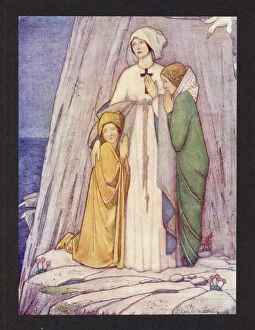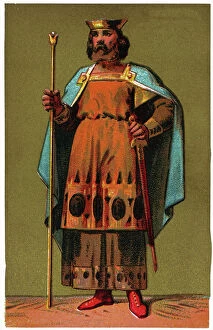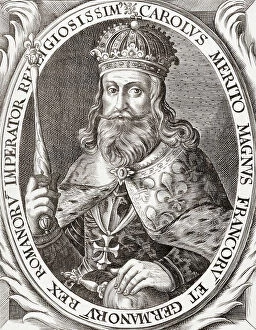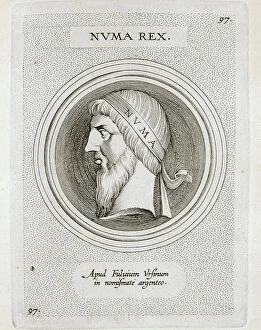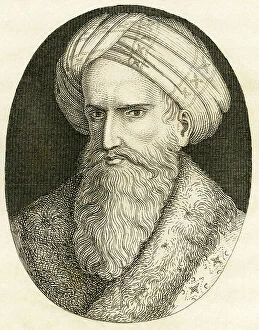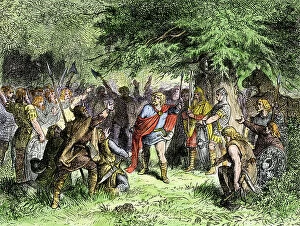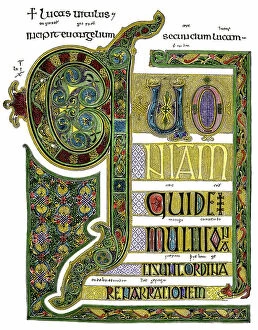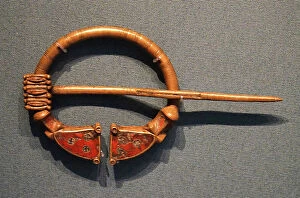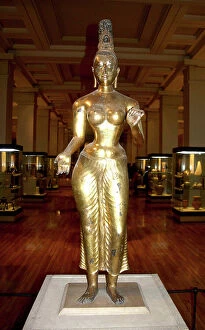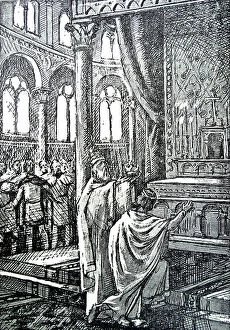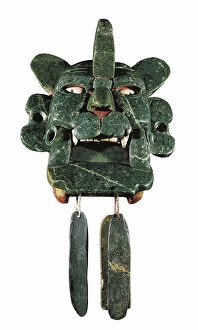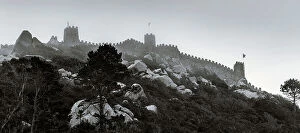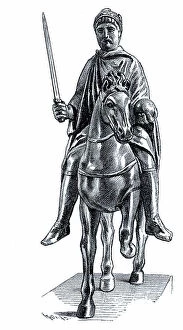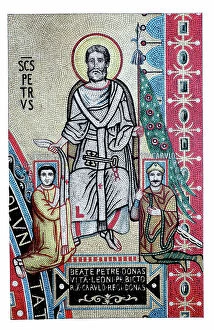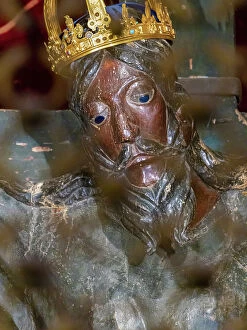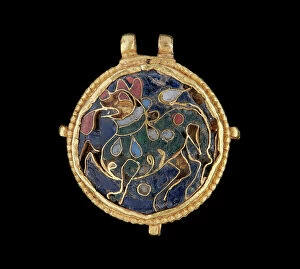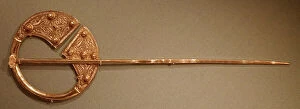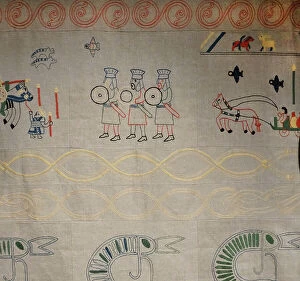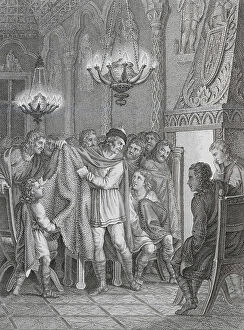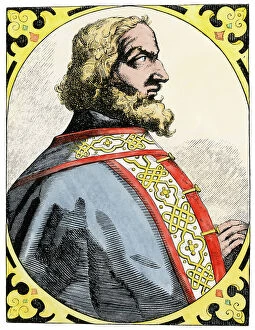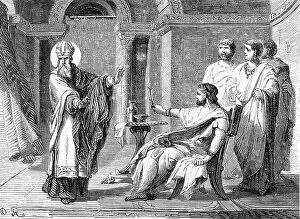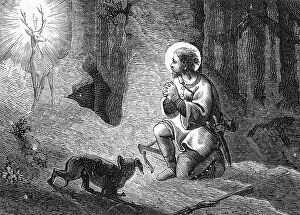Eighth Century Collection
The eighth century was a time of great cultural and historical significance
All Professionally Made to Order for Quick Shipping
The eighth century was a time of great cultural and historical significance. From the intricate storage jar made of earthenware to the powerful Emperor Charlemagne visiting a school, this era left behind numerous hints about its rich past. In this period, education and learning were highly valued, as exemplified by Emperor Charlemagne's keen interest in them. His patronage of scholars earned him the title of the patron of schools. As depicted in an engraving, he is shown visiting a school, symbolizing his dedication to fostering knowledge among his people. The influence of leaders can also be seen through depictions such as that of a Frankish chief and soldier from the eighth century. This engraving showcases their strength and bravery on the battlefield, reflecting their role in shaping history. Artistic expressions during this time are evident in various forms. A wall panel depicting Na-Bolon-K'an dressed for ritual purposes demonstrates religious beliefs prevalent at that time. The use of limestone, stucco, and paint showcases the craftsmanship and creativity present during this era. Archaeological finds like a spherical bead with four glyphs made from jadeite provide insights into ancient civilizations' artistic skills and symbolic language systems used for communication or adornment between 200-800 AD. Charlemagne himself played a pivotal role during this period as King of the Franks. An engraving captures his regal presence while highlighting his significant contributions to politics, religion, culture, and education throughout Europe. Historical events are not forgotten either; one notable example being the Battle of Poitiers fought on October 25th in 732 AD. An oil painting portrays this clash between forces with vivid detail - reminding us how these battles shaped nations' destinies. Religious themes were also prevalent during this time frame; "Resurrection of the Dead" depicts spiritual beliefs surrounding life after death while "Weighing Souls" represents judgment day where souls are weighed based on their deeds.

